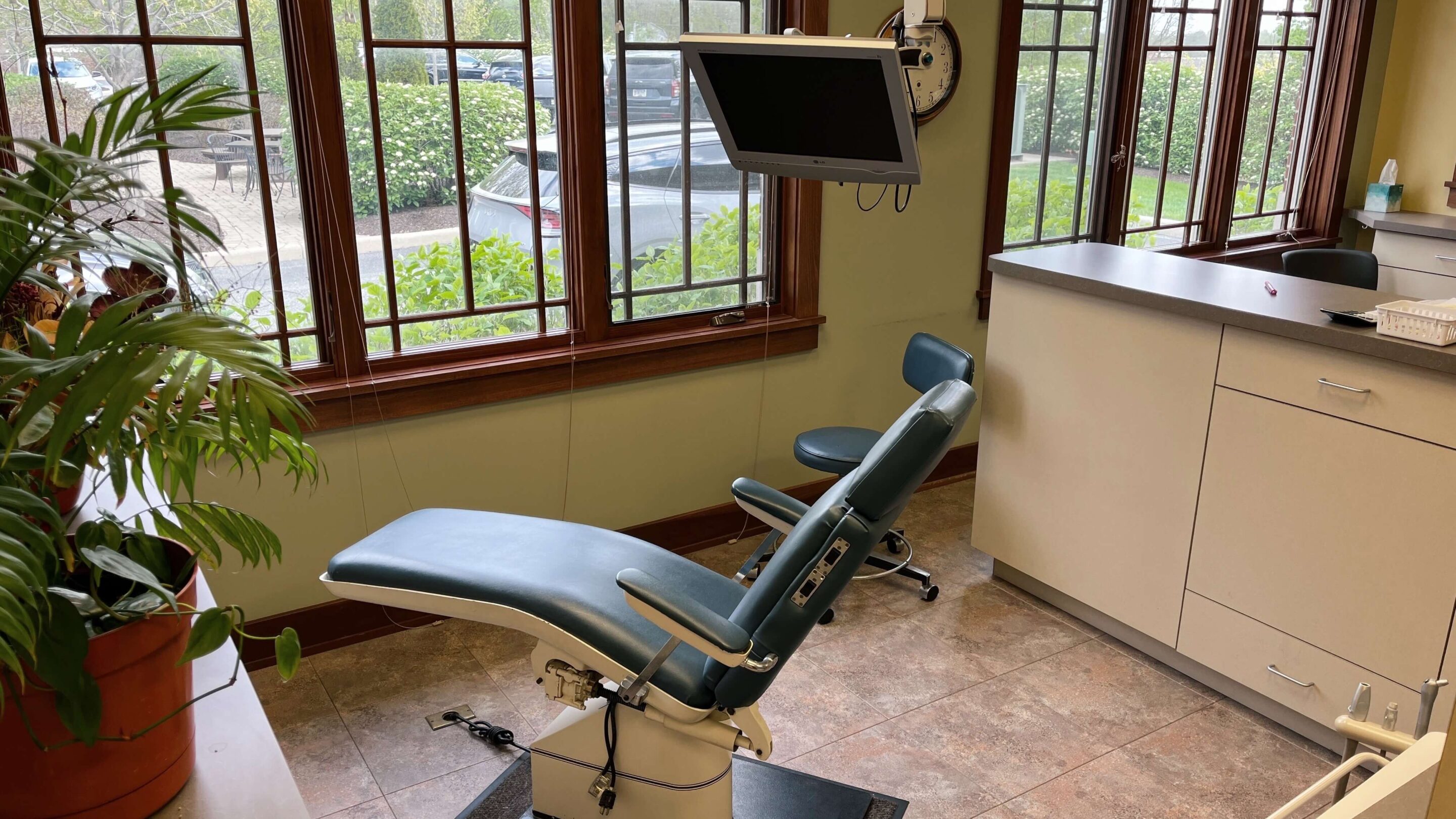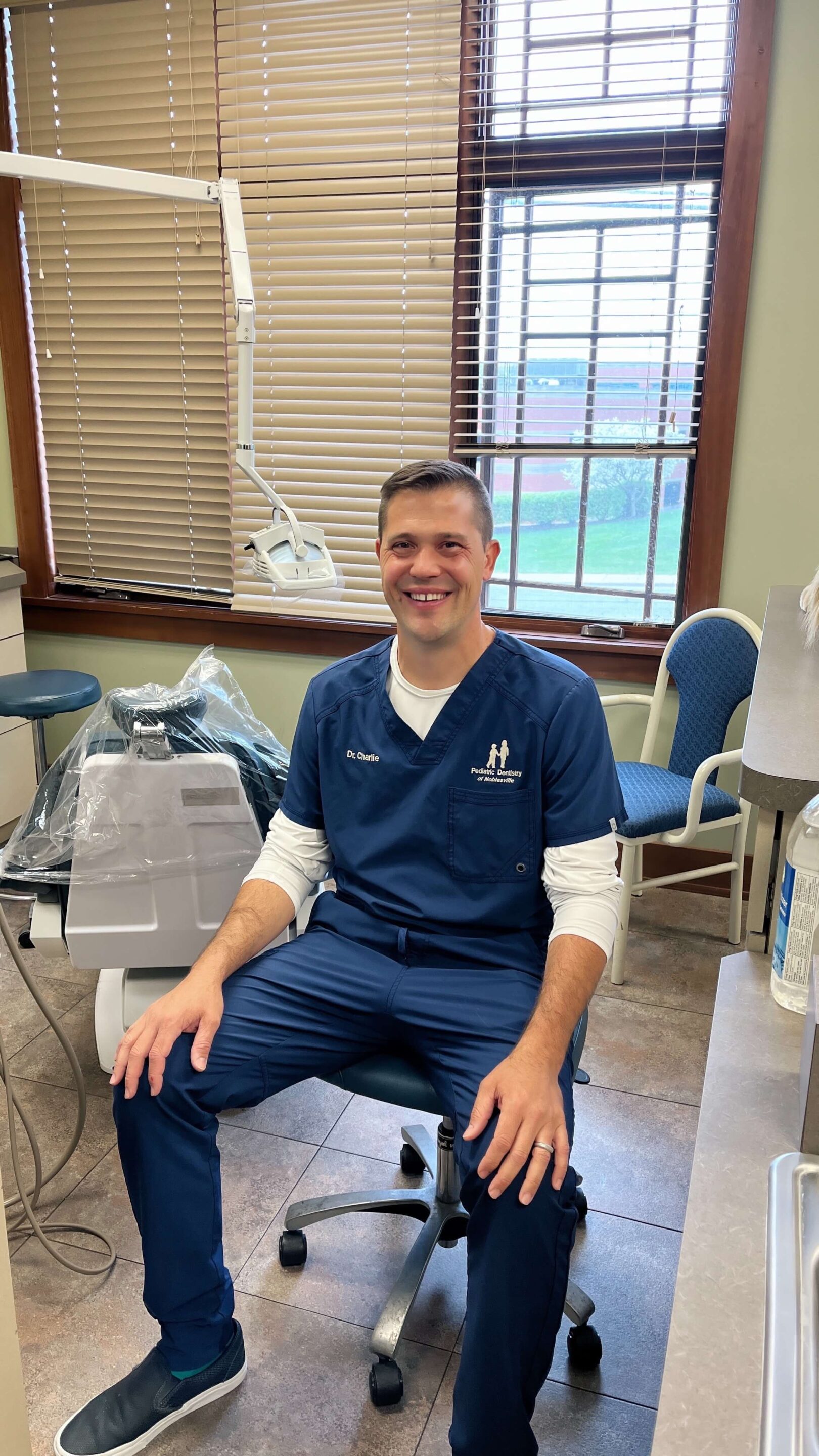Pediatric Stainless Steel Crowns
Stainless steel crowns have been a safe and effective treatment option for badly broken-down primary (baby) and permanent teeth for decades. The strength, success rate, patient tolerance, and simple placement make stainless steel crowns the gold standard of pediatric dental restorations. The National Institutes of Health deem the overall success rate of stainless steel crowns at 97.2% regardless of cavity size or nerve involvement. Where stainless steel crowns struggle as a cosmetic restoration, they make up for it in long term stability. When a stainless steel crown is placed, there is very little concern for unexpected outcomes. They are the work horse of the pediatric dental toolbox and can take the abuse a young person’s mouth can dish out.
What Are Pediatric Stainless Steel Crowns?
Stainless steel crowns are a safe and effective treatment for badly broken-down primary (baby) and permanent teeth. They are quite simply a stainless steel coping that fits snuggly around a tooth. Think of it as a suit of armor that fits completely around a tooth, protecting it from further decay. Because the stainless steel crown fits completely around the damaged tooth, it also will support the tooth to prevent further fracture. This is especially helpful with patients that grind or clench their teeth or for restorations that need to be in place for years to come.



Stainless steel crowns are made of a special alloy that allows the metal to bend and shape itself into the patient’s bite. If a stainless steel crown is too tall, over time the bite will adjust naturally. There are even unique times when no drilling is done to the tooth before a crown is placed. Given a couple of weeks and the crowned tooth will fit into the bite just as before.
Stainless steel crowns are cemented into place using a number of different dental cements. We prefer a glass ionomer cement to glue our crowns into place. This type of cement has been used for many years and has a spectacular record for retaining crowns and for being biocompatible. Glass ionomer cements release fluoride into the prepared tooth under the crown. This will help to strengthen the underlying tooth structure and help to prevent any further breakdown from the bacteria that cause cavities.
FAQ’s
How are Stainless steel crowns placed?
Stainless steel crowns are placed on teeth that are badly broken down due to dental decay, injury, or unique circumstances that require greater protection. The affected tooth is usually prepared for the crown by removing tooth structure from the top and around the sides of the tooth. Think of it as a “tooth haircut”…a little off the top and a little off the sides. The remaining tooth is then sized for a crown. This can be like trying of different sizes of shoes. Once we find the right fit, that crown is then cemented (glued) to the prepared tooth.
When preparing a tooth for a stainless steel crown, under normal circumstances, we will anesthetize (numb) the tooth. We encourage the use of nitrous oxide (laughing gas) when procedures like stainless steel crowns are placed on a tooth. We will sometimes us a dental dam for additional safety for the child receiving the crown. Allow our office to prepare your child for this procedure. We will use “kid friendly” words and help reassure your child that the procedure will be easy.
When multiple stainless steel crowns are required for patients who might have difficulty receiving treatment in our office, we may recommend some type of sedation. This will help to minimize any emotional trauma and maximize the success of the dental treatment. We make it our highest priority to treat our patients with love and respect. We never want to scare our patients. If there is a better way of completing the needed dental treatment, our pediatric dentists will recommend it. The dentist will discuss the options with you when dental treatment is needed.
Who will benefit from stainless steel crowns?
Stainless steel crowns have been the gold standard for pediatric dental crowns for decades. They are loved by pediatric dentists for their long track record for stability and strength. Stainless steel crowns are especially good for children with a high cavity rate. They are the best choice for early childhood cavities on teeth that need to be around for many years.
A pediatric dentist should take into consideration multiple criteria to decide on what restoration is best for a given patient. We look at the patient’s age, health, number of cavities, parental wishes, cosmetics, and cavity risk, among many other factors to help guide us to the right restoration. There are times when there are only a few options. A stainless steel crown is the best choice for larger cavities, but might also be our best option for smaller cavities on certain patients. Patients who grind their teeth or might be treated under sedation or general anesthesia might need stainless steel crowns on teeth with only small cavities. This will ensure the patient will not need more treatment on that specific tooth in the near future.
A stainless steel crown might be placed on a young adult tooth that has large decay, following root canal therapy or when there is a large defect such as enamel hypoplasia. The stainless steel crown will protect the strong tooth structure that remains after the affected part of the tooth has been removed. This will allow for the best chance of keeping a tooth under these circumstances. The stainless steel crown might last for decades depending on the patient and the tooth. Our pediatric dentists will help you to determine what is best for your child.
When should you place a stainless steel crown?
A pediatric dentist should take into consideration multiple criteria to decide on what restoration is best for a given patient. We look at the patient’s age, health, number of cavities, parental wishes, cosmetics, and cavity risk, among many other factors to help guide us to the right restoration. There are times when there are very few options. A stainless steel crown is the best choice for larger cavities, but might also be our best option for smaller cavities on certain patients. When cooperation is difficult and a restoration is needed for a long time, a stainless steel crown is indicated.
Under most circumstances, we recommend local anesthesia and nitrous oxide (laughing gas) when placing a stainless steel crown. These restorations can be placed under general anesthesia or deep sedation as well. At times, a technique known as the Hall Technique can be implemented. This is placing a stainless steel crown over a tooth without the removal of decay or preparing the tooth to receive the crown. The Hall Technique is used after considering all options.
Where should we have stainless steel crown placed?
Our pediatric dentists will help to determine which teeth are best suited for a stainless steel crown and under what circumstances are best for the patient. We are driven to put the patient’s needs first in our office. Each case is unique. We will help to provide your child with the best possible treatment, both functionally and emotionally, available in dentistry today.
Professional Accreditations






